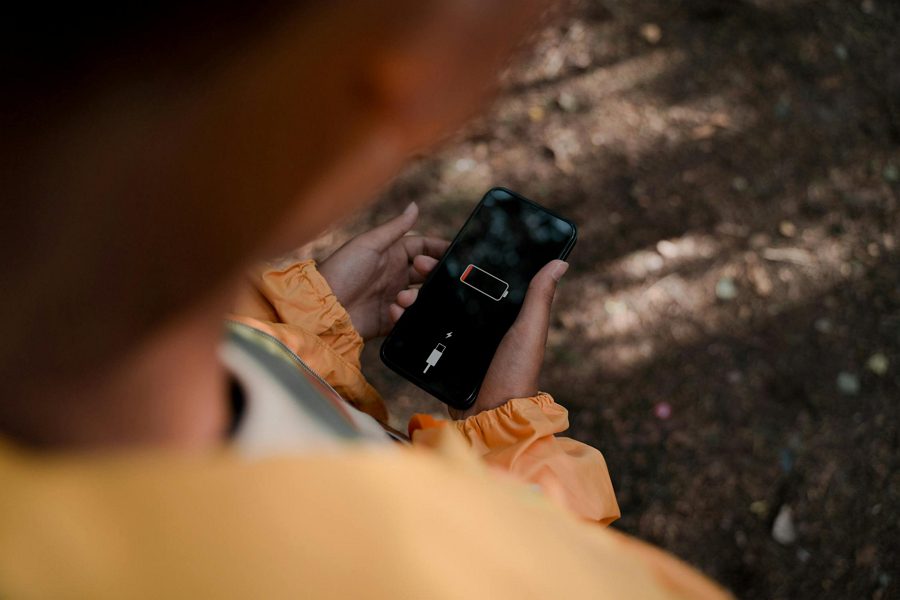Is your Android phone’s battery draining faster than usual? Battery life is one of the most important factors in the overall user experience of a smartphone. If you find yourself constantly reaching for the charger, it’s time to take action. In this article, we’ll explore the common causes of battery drain on Android devices and provide practical steps to help you maximize your phone’s battery life.
Understanding Battery Drain
Before we dive into the solutions, let’s understand what causes battery drain on Android phones. Some of the main culprits include:
- Bright screen: A high screen brightness level can significantly impact battery life.
- Background apps: Apps running in the background, even when not in use, can consume battery power.
- Poor signal: When your phone struggles to maintain a cellular or Wi-Fi connection, it uses more power to search for and connect to networks.
- Extreme temperatures: Exposing your phone to very hot or cold environments can affect battery performance.
- Outdated software: Running an older version of Android or having outdated apps can lead to inefficient battery usage.
Steps to Reduce Battery Drain
Now that we know the common causes, let’s explore the steps you can take to minimize battery drain on your Android phone.
1. Adjust Screen Brightness and Timeout
- Reduce your screen brightness to a comfortable level, especially in low-light conditions.
- Enable adaptive brightness, which automatically adjusts the screen based on ambient light.
- Set a shorter screen timeout duration to ensure the screen turns off when not in use.
2. Manage Background Apps
- Close apps that you’re not actively using to prevent them from running in the background.
- Restrict background data usage for apps that don’t require constant updates.
- Use Android’s built-in battery optimization feature to limit battery usage for specific apps.
3. Enable Battery Saver Mode
- Turn on Battery Saver mode, which limits background activity, reduces performance, and disables certain features to extend battery life.
- Customize Battery Saver settings to strike a balance between performance and battery conservation.
4. Optimize Connectivity
- Turn off Wi-Fi, Bluetooth, and GPS when not in use to reduce battery consumption.
- Enable Airplane mode in areas with poor cellular reception to prevent your phone from constantly searching for a signal.
5. Keep Software Up to Date
- Regularly update your Android operating system to ensure you have the latest battery optimizations and bug fixes.
- Update your apps to their latest versions, as developers often include battery improvements in new releases.
6. Use Dark Mode and Wallpapers
- Enable dark mode on your phone and in compatible apps to reduce power consumption, especially on OLED displays.
- Use dark or black wallpapers to further minimize battery drain on OLED screens.
7. Monitor Battery Usage
- Regularly check your phone’s battery usage statistics to identify apps or processes that consume the most power.
- Take action by closing or uninstalling power-hungry apps that you don’t need.
8. Avoid Extreme Temperatures
- Keep your phone away from direct sunlight and extremely hot or cold environments to prevent battery strain.
- Remove your phone case during charging to prevent overheating.
Conclusion
By implementing these steps, you can significantly improve your Android phone’s battery life and enjoy a more reliable and efficient device. Remember, small changes in your usage habits can make a big difference in battery performance.
If you’ve tried these steps and still experience rapid battery drain, it may be time to consider replacing your phone’s battery or seeking professional assistance from a certified repair center.
Take control of your Android phone’s battery life today and say goodbye to the constant need for charging. With these tips and a proactive approach, you can ensure your device is always ready when you need it most.

Leave a Reply